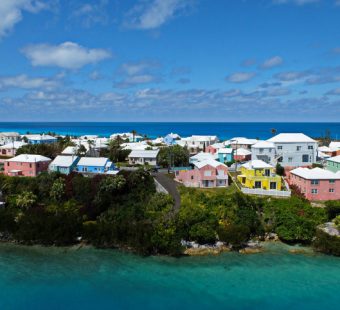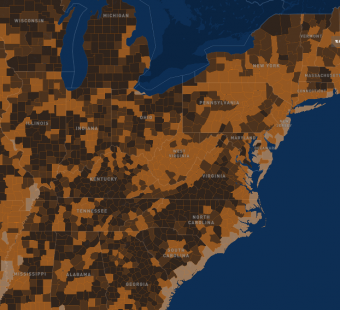
Congress and BuildStrong Coalition Move to Improve Climate Resilience
By Max Dorfman, Research Writer, Triple-I (04/07/2022)
The Resilient AMERICA Act, approved in the House by a vote of 383-41 on April 5, is a major step toward helping Americans better face natural disasters. If passed by the Senate and signed into law, it would provide direly needed funds and resources for at-risk communities.
Initiated by the BuildStrong Coalition – a group of firefighters, emergency responders, insurers, engineers, architects, contractors and manufacturers, and others dedicated to creating a more resilient America – the bill is a bipartisan approach to natural disasters.
“This is great news for Americans who are faced with devastating disasters, and we are grateful to the legislation’s supporters in the House,” said BuildStrong Chairman Jimi Grande “For it to clear the House with strong bipartisan support proves its immense value to our communities.”
Most notably, the bill would boost the annual spending for the new National Public Infrastructure Pre-Disaster Mitigation fund from up to 6 percent of post disaster funding to up to 15 percent. It would also extend eligibility for Building Resilient Infrastructure and Communities (BRIC) program, with 10 percent of funds from BRIC reserved to provide residential resilience retrofit grants, such as upgrades to strengthen homes and comply with consensus-based codes and standards. These upgrades would incorporate wind and roof retrofits, floodproofing, and building saferooms.
Disaster relief is improving
In the past few years, Congress and the White House have significantly enhanced the country’s disaster risk profile, which has included the passage of the Disaster Recovery Reform Act in 2018. The more recent allotment of $1 billion in funding for the FEMA pre-disaster mitigation initiatives is also noteworthy.
However, these initiatives followed years of indecision, inaction, and program failures. Most notably, FEMA’s National Flood Insurance Program (NFIP) failed to significantly reduce development in floodplains and struggles to remain solvent. Additionally, Congress must reauthorize NFIP funding every five years, and the program has sometimes been allowed to lapse.
Indeed, much of the country remains at high risk for devastating consequences from natural disasters. Triple-I has documented low NFIP “take-up rates” by communities, as well as the dangers many areas face. Still, legislation like the Resilient AMERICA Act holds promise for the future of a stronger, more resilient U.S.



